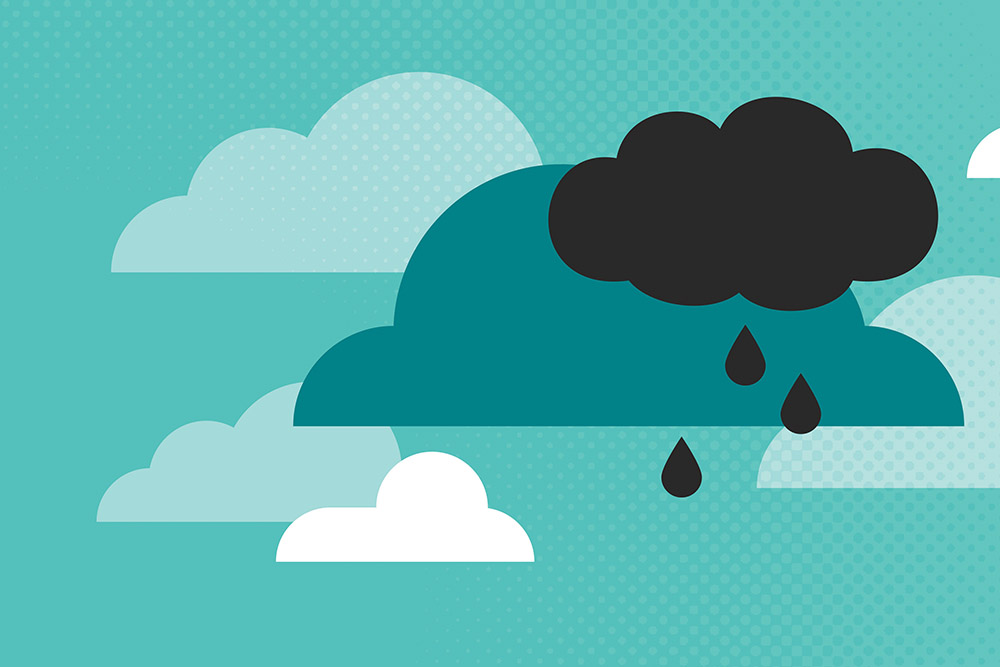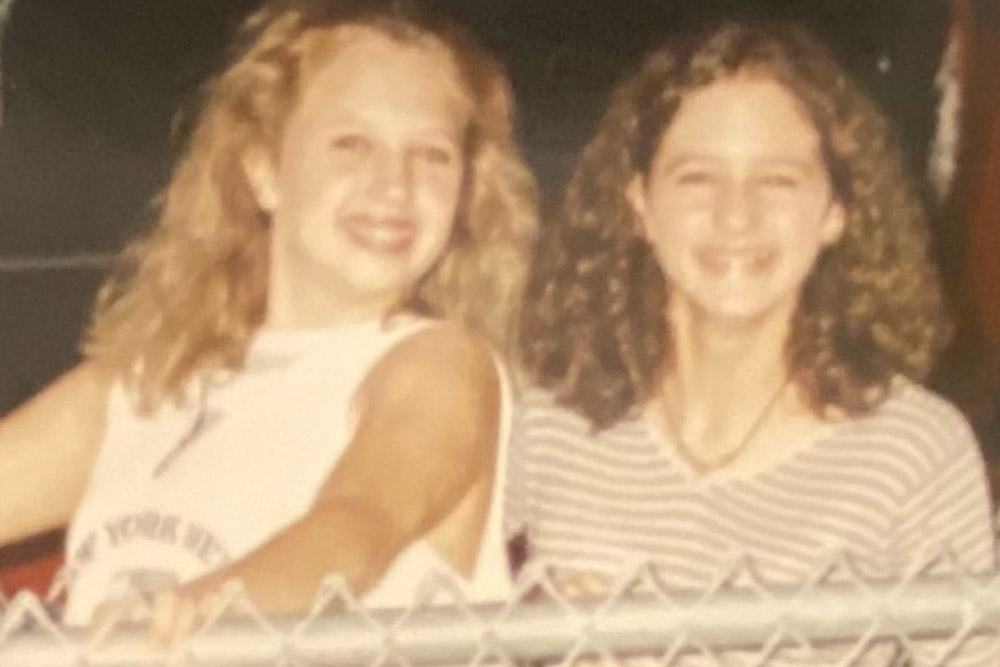Big Life Things

It was after midnight when I rolled over to see who was calling so late. As soon as I saw Amanda’s picture on the screen, I rushed to answer. Amid quiet tears, I heard a shaky voice ask, “How do I know what to do?”
Amanda is one of those friends you make before you have memories and keep for the rest of your life. Though we now live far apart—she still lives in Arkansas, where we grew up, while I moved to Charlottesville with my two young sons in the midst of a pandemic in spring 2020—we are always there for each other when big life things happen. One of her big life thingswas Eddie, her husband and soulmate. I will always remember the first excited phone calls about Eddie as distinctly as I will remember the last.
When the phone rang in the dark that night last summer, I knew it was time to talk about the next big life thing; it was time for Amanda to decide about hospice care.
Assistant Professor Lee Ann Johnson, on her end-of-life conversation with her best childhood friend
In March 2020, Eddie was diagnosed with glioblastoma, an ugly, aggressive cancer that begins in the brain. As a nurse scientist focused on palliative and end-of-life care in cancer, I understood what Amanda and Eddie were about to go through. From the beginning of his diagnosis, I was there to answer all of Amanda’s questions: not the questions she asked the providers, but the ones she could not bring herself to ask them. We talked about palliative care, and, as it became clear that Eddie had months or even weeks to live, end-of-life care, as well as what she hoped for over the next 16 months of their life together.
Over the course of Eddie’s disease, caregiving demands took more and more of her time. Our phone calls changed to texts, then became video messages when texting words was no longer sufficient to communicate everything I had to see. When the phone rang in the dark that night last summer, I knew it was time to talk about the next big life thing; it was time for Amanda to decide about hospice care.
We talked for a long time that night. I asked her hard questions, the kind of questions providers in oncology need to ask, but more often do not. Because I was both an expert and her friend, we spoke openly and honestly about clinical matters within the safety of a lifelong friendship. She asked me raw questions, and I gave her honest answers drawn from both experience as a family caregiver and my experience as a nurse scientist. We explicitly discussed the realities of the cost of, say, taking Eddie to the emergency room or making him as comfortable as possible at home until he could be admitted to hospice. We explored the benefits and drawback to home hospice compared to inpatient hospice. At some point, I asked her if Eddie could speak to her, what would he want her to do.

All along, we cried, we laughed, and I listened.
During the final days of Eddie’s life, I was a 24-hour-a day resource for Amanda as a friend and a nurse. She’d send me emotional video messages that I was able to answer as a friend. She sent me video messages of Eddie’s breathing, and I answered as a nurse.
I am committed to my research in palliative and end-of-life care because it is not something the medical community that I’m a part of does well. Throughout her time as a caregiver, Amanda had me, someone who specializes in what she was going through, to contact any time she needed. And while I feel privileged to have helped her as an expert and a clinician and a friend, even through the death of her husband in August, I can’t shake the thought that continues to run through my head:
What about caregivers who do not have those inside lines experiencing big life things of their own?
Lee Ann Johnson, an assistant professor, studies the stigma associated with lung cancer, especially among rural patients, and is a palliative care expert. A Fulbright Scholar, American Cancer Society and iTHRIV grantee, she is also a psychiatric-mental health nurse practitioner and before arriving at UVA in 2020 worked in head and neck cancer research at Vanderbilt University and for the Oncology Nursing Society.
Johnson's essay appeared in the fall 2021 issue of Virginia Nursing Legacy.
